With one month to go until WAF 2017, the festival organisers have today announced the winners of the inaugural WAFX Prize, sponsored by GreenCoat®. The prize is awarded to future projects that identify key challenges that architects will need to address over the next ten years and is part of the WAF 10th anniversary celebrations.
Through the Manifesto, WAF organisers intend to generate research funding which will contribute towards work in universities and architectural practices investigating key issues facing the industry as the festival enters its 10th year.
WAF has selected 11 winning future projects, entered for its awards programme, which critically address the Manifesto issues. These challenges span diverse topic areas, including climate, energy & carbon, water, ageing and health, re-use, smart cities, building technology, cultural identity, ethics, power and justice.
After extensive deliberation, the festivals directors have selected The Hydroelectric Canal by Paul Lukez Architecture as the overall winner and winner of the Climate, Energy & Carbon prize for its innovative approach to shaping economic and environmentally resilient self-sustaining communities. Paul Lukez Architecture will be presented with a trophy at the Gala Dinner hosted in the Postbahnhof in Berlin on the 17th November. The Hydroelectric Canal addresses the complex challenge of rising sea levels. PLA together with a multidisciplinary team are working on a scheme to harness the energy from the rising tides in low lying urban areas. The communities will be able to draw clean energy through advanced hydroelectric systems which will generate power from the tidal changes.
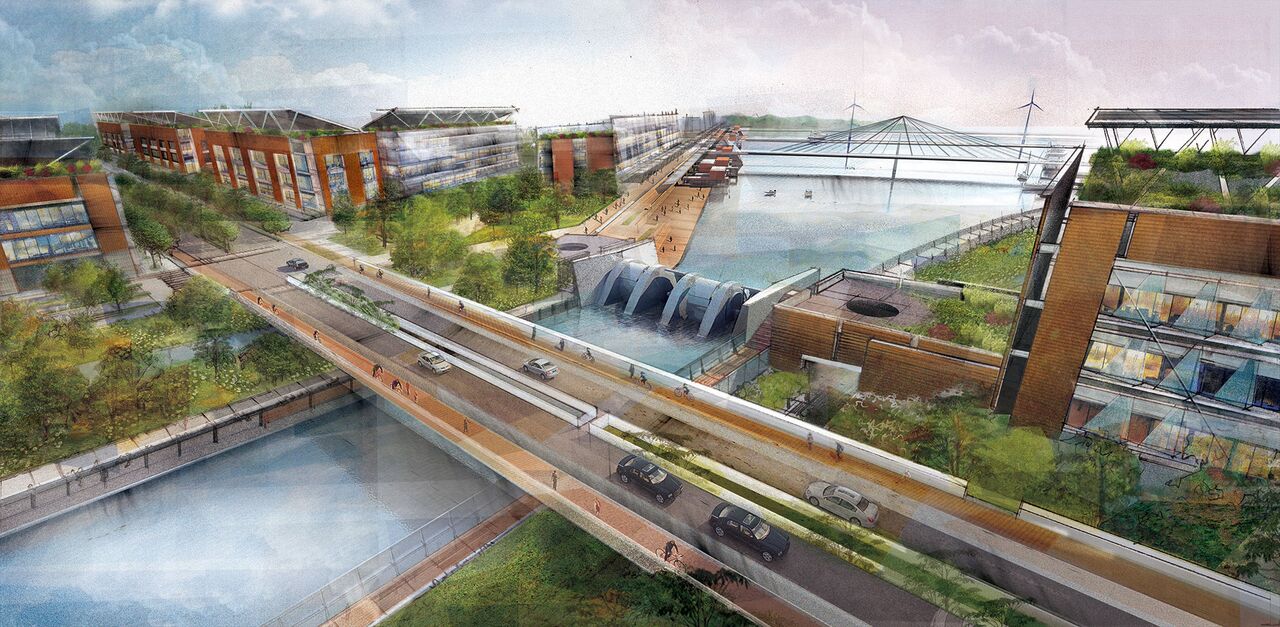
Floating Ponds by Surbana Jurong Consultants has been awarded winner of the Water prize. This projects’ systemic integration of water, nutrients and energy leads to a concept which enables the creation of a self-sustained and closed loop farming eco-system. Floating Ponds omits the traditional dependency on land and will enable rapidly expanding and densifying cities to build resilience through a creative use of space and water.

Energie- ud Zukunftsspeicher im Energiepark Heidelberg by LAVA Berlin is the winner of the Building Technology prize. This animated energy tower reinvents a 1950s – tank typology into a hub of sustainability; both a renewable energy storage and an educational destination for renewable energy. The external façade is animated by over 20,000 diamond shaped steel plates, the number of moving plates will indicate the number of households supplied by the renewable energy stored in the tower.
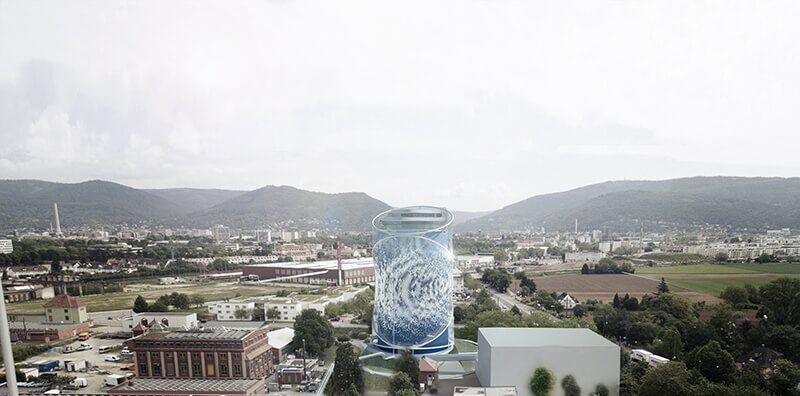
Organisers decided to award the Smart Cities prize to three distinct entries – Media City by Gad Architecture, Oresund City – a new European metropolis by 2030 by Sweco Architects AB, and Jakarta Jaya: The Green Manhattan by SHAU.
Media City will be a vibrant and engaging habitat where people can witness the design, production and application of virtual reality and multimedia products as well as being a beacon for future smart city strategies.
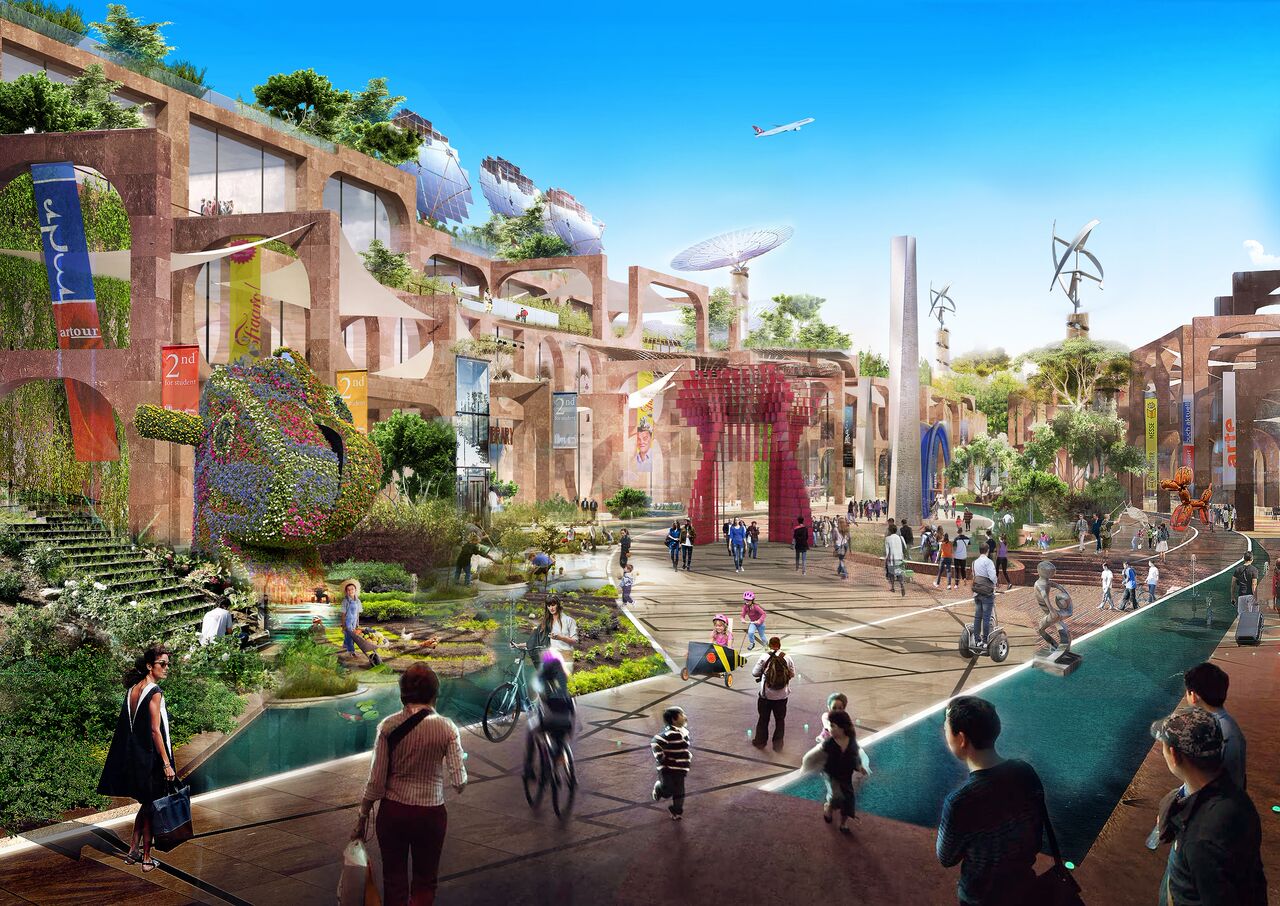
Sweco Architects entry is based on the vision of using a new archipelago to join Copenhagen and Malmo to form an entirely new city: Oresund City.

Jakarta Jaya: The Green Manhattan by SHAU is a proposal for multitude of ecological and social projects combined to form one sustainable city at Jakarta Bay.

Södra Skanstull by White Arkitekter winner of the ageing and health prize. White Arkitekter has developed a new masterplan for Sodra Skanstull, an area located in the south of Stockholm. The focal point of the scheme is a new diagonal boulevard for pedestrians and cyclists, which makes use of an old railway route, and improves public movement through the area. White’s proposal shows how creating walkability is at the heart of building a people centred sustainable city of the future.
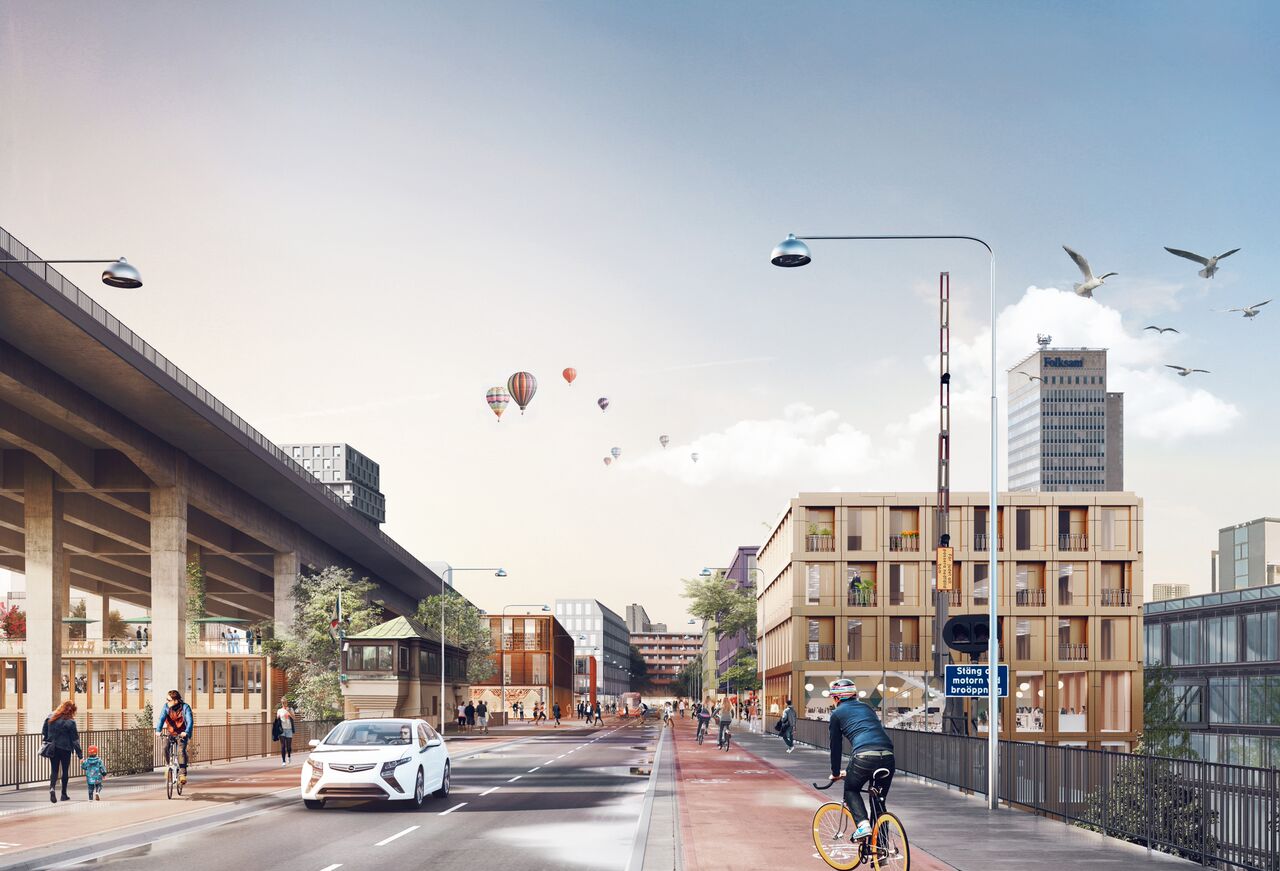
Whitmore Community Food Hub Complex: Building Community around Food by University of Arkansas Community Design Center has been awarded the Ethics prize. Besides providing processing and distribution support for an underserved agricultural community, the 400,000 sqft Whitmore Food Hub serves additional community needs such as agricultural workforce housing, retail, local business incubation, and cultural tourism.
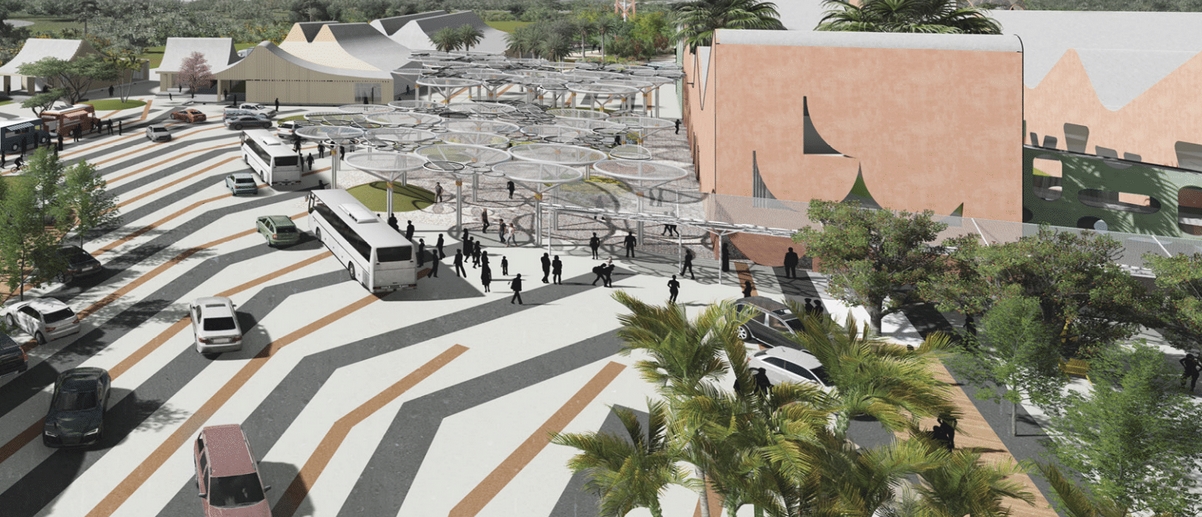
Lagos’s Wooden Tower by Hermann Kamte & Associates winner of the Cultural identity prize. This proposal aims to create a new generation of the city of Lagos, above the existing urban fabric. The Lagos wooden tower is built with a high resistance LVL timber system and stands out as a residential tower that acts as a smart and sustainable monument to the city.
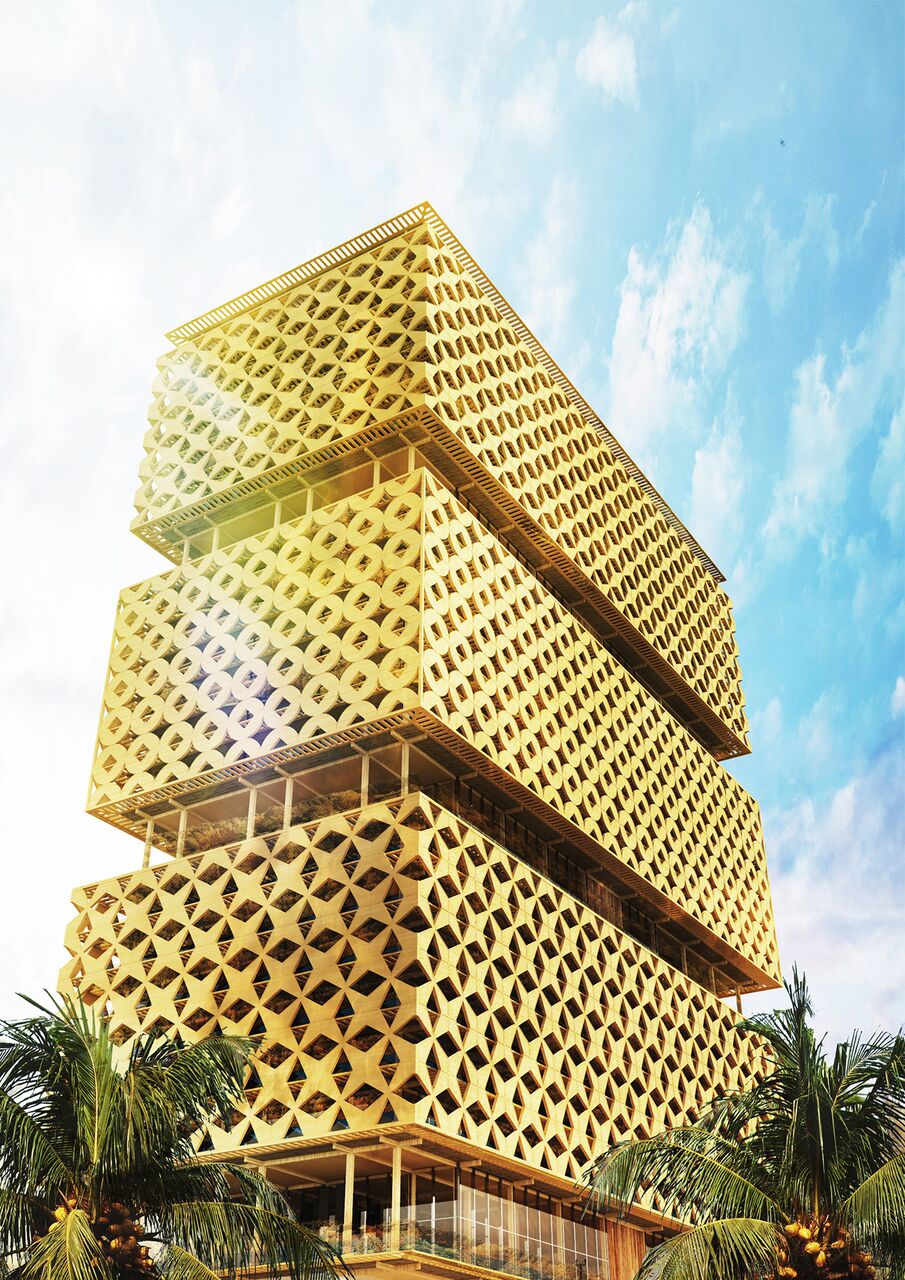
I LOVE NYDALEN by SAAHA AS is the winner of the Re-use prize. SAAHA AS’s proposal maps out how the historic industrial buildings in the Nydalsveien 32B area of Oslo can be preserved and redeveloped with housing, to enable active and vibrant city life. The centre of the district will be transformed into a greenhouse, a common and shared space for both residence and the general public.
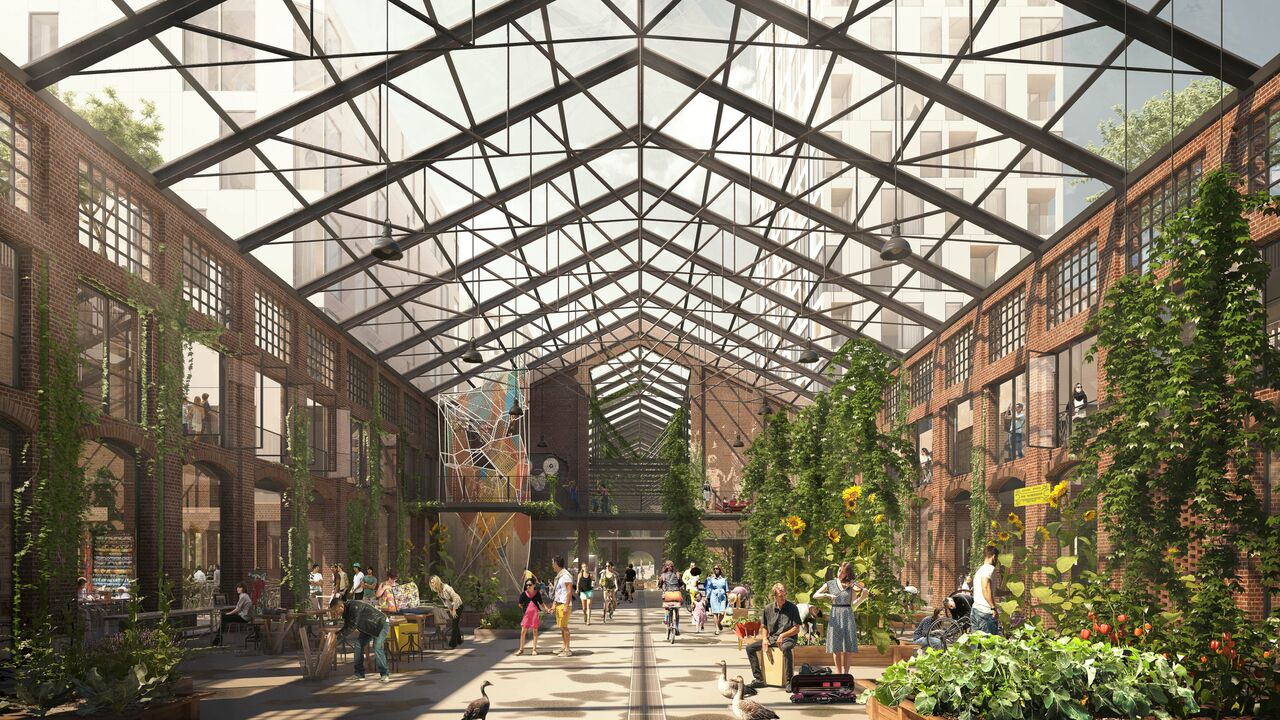
Revolution 4.0 by Abdullah Ahmed N AlDabbous has been selected as the winner of the Power and Justice prize. The project utilises of Cairo’s unused urban spaces such as motorway flyovers) to provide both learning and opportunities for advancement for street children.
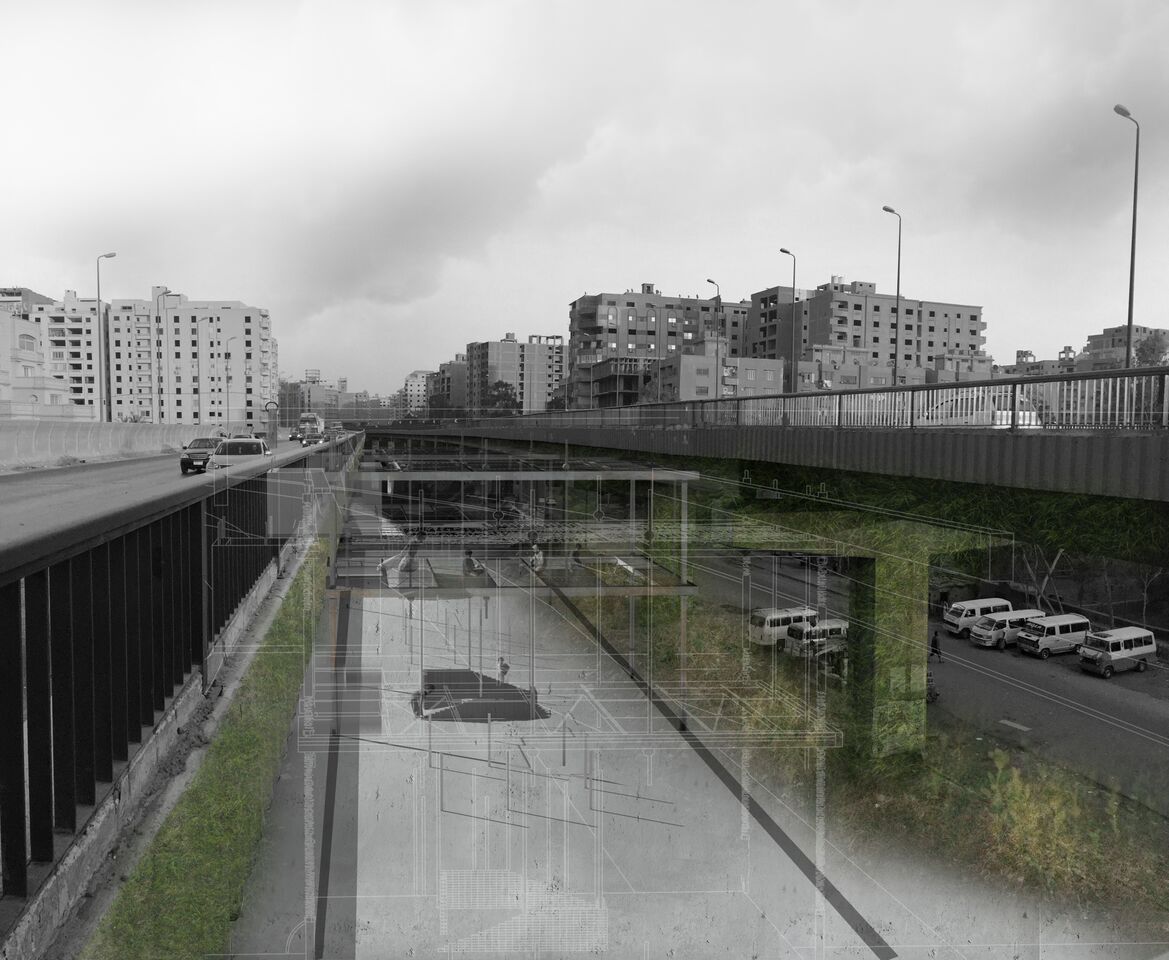
This project aims to engage with the street children, who have become part of Cairo’s social and spatial structure, as positive economic assets rather than liabilities.
To celebrate the 10th anniversary and the launch of WAF’s first ever manifesto, WAF have also commissioned extensive research to find out the critical challenges and issues facing architects over the next 10 years.
The research sought to understand the big challenges and issues for architects over the next 10 years, how architects are using 3D design software, how (and if) the rise of robotics is affecting the way architects operate, the main trends impacting the architecture sector and the extent to which technological advancements will present a challenge or an opportunity to architects over the next 10 years. The research comprises responses from over 1,000 qualified and trainee architects from across the world.
The research found that 4 in 10 architects believe climate change to be the single biggest challenge facing the industry in the next 10 years with construction and operation of buildings consuming large amounts of energy. The costs associated with sustainable design was also flagged as a grave concern for many respondents as architects can only design for better sustainability outcomes if clients are prepared to budget for this. The second biggest challenge facing architects was found to be ‘designing for social equity’ with architects from across the globe concerned that architecture is becoming the preserve of the extremes of society; the wealthy who can afford the cost and the very poor, via state funding.
For more details on how to enter the WAF Awards please visit www.worldarchitecturefestival.com
@worldarchfest #WAF2017

